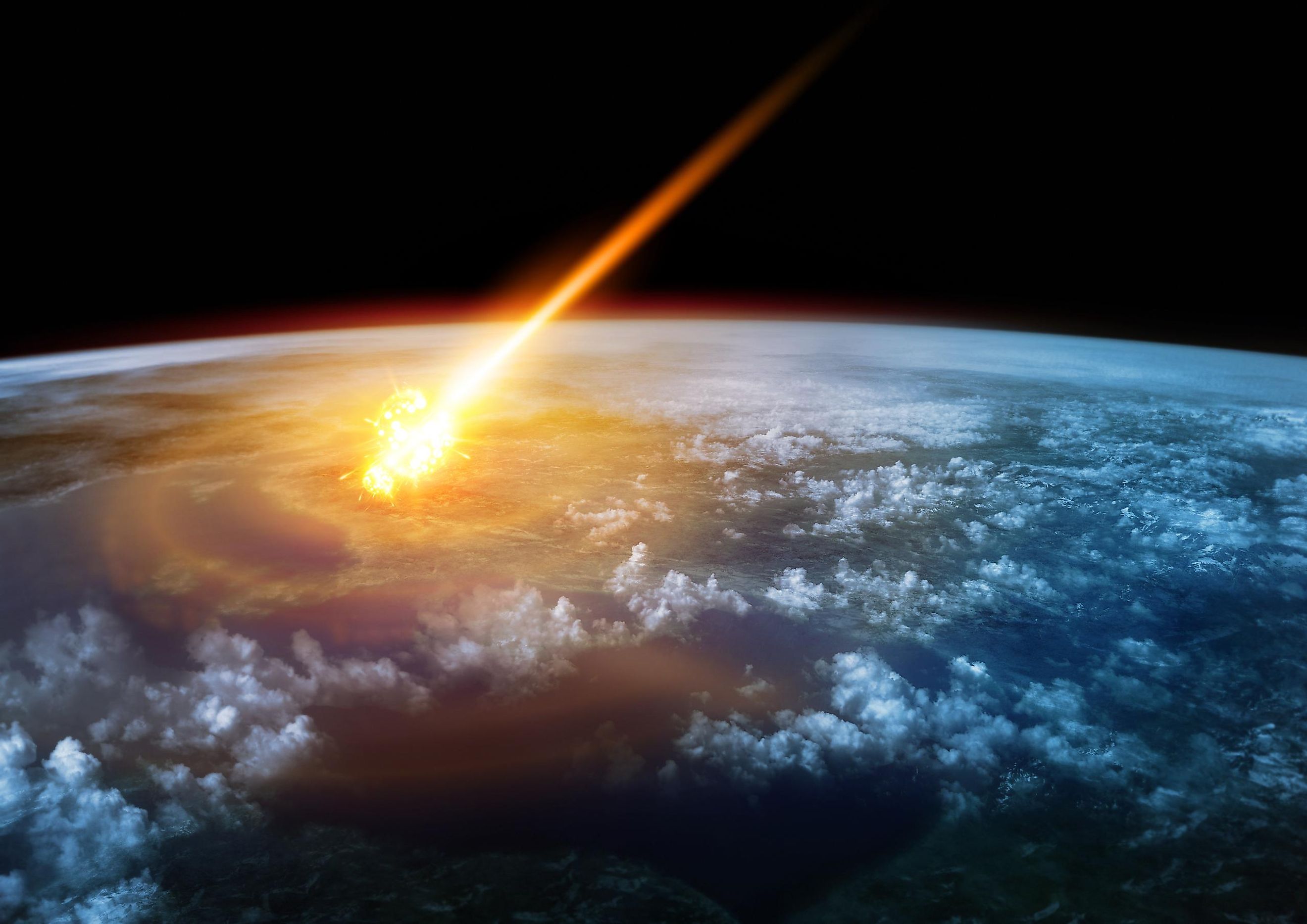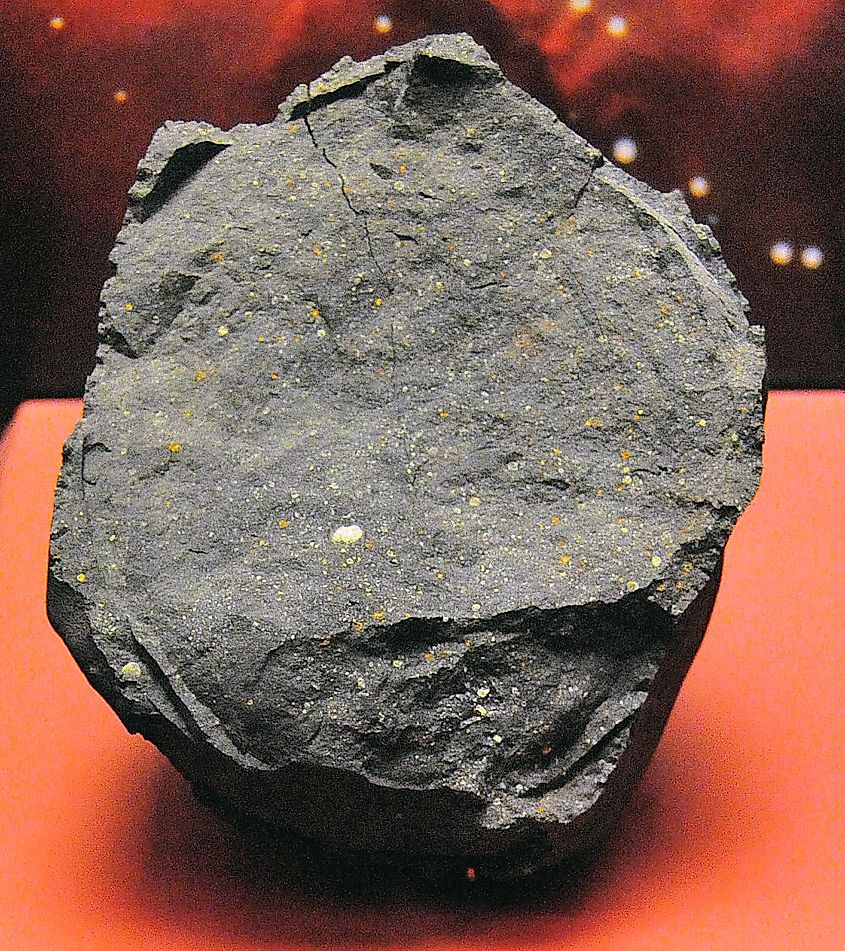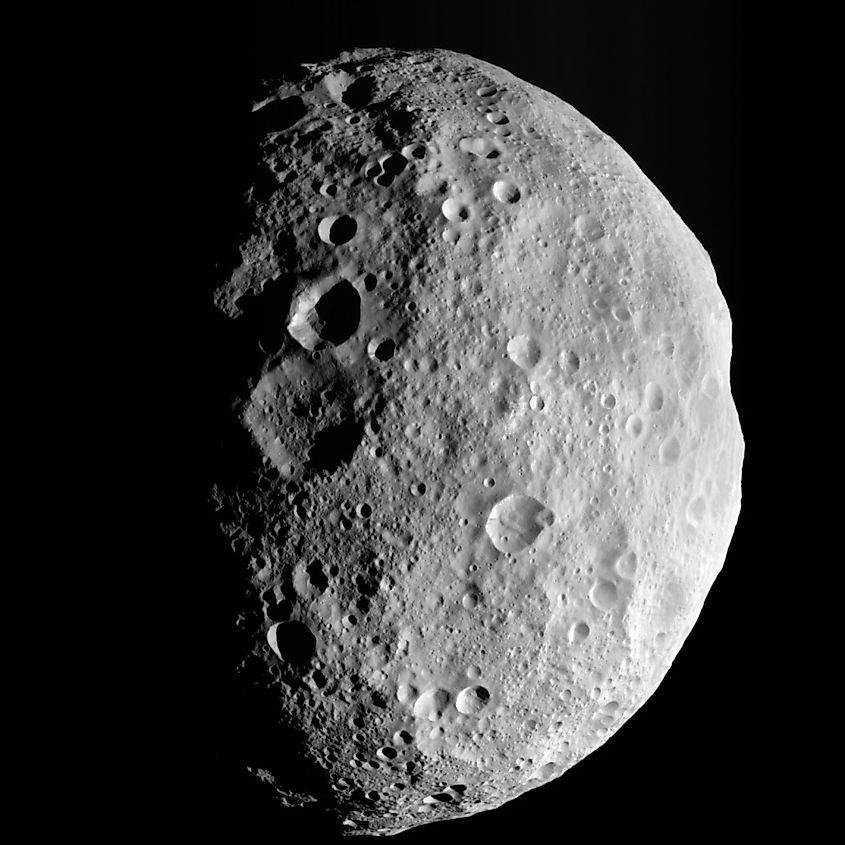
What Is The Oldest Rock Ever Found?
Determining the age of different types of rocks are the primary tool in determining the age of the Earth and the solar system as a whole. Through radiometric dating, scientists estimate that the Earth, along with all the other planets, formed around 4.5-billion years ago. Interestingly, there are actually no rocks on Earth that are this old, and that is due to the fact that our planet recycles its rocks over many billions of years, destroying any remnants of that ancient time. However, rather than using rocks on Earth, scientists use rocks from space, such as asteroids and meteors. These objects have experienced virtually no change over the last 4.5-billion years, and so they offer the most reliable glimpse into how our solar system formed. Interestingly, the oldest rock ever found actually predates the formation of the solar system by over two-billion years.
The Murchison Meteorite

In 1969, a small meteorite struck the Earth near Murchison, Australia. The meteorite itself is one of the most intensely studied rocks to ever fall to our planet, mostly due to how big it is and the fact that people actually saw it fall to the surface. However, dating methods at the time were not advanced enough to determine the age of this meteorite. In fact, scientists did not determine its age until 2020, when it was determined that certain particles contained within the meteorite were around 7-billion years old. That’s a staggering 2.5-billion years older than the entire solar system.
Older Than The Solar System

How exactly can something within the solar system predate its actual formation? The most likely explanation for this is that some of the particles contained within the Murchison Meteorite formed outside our solar system, or are particles that were once part of a previous solar system whose star went supernova, eventually leading to the formation of our own. Objects from outside the solar system are actually not as rare as one might expect. In fact, astronomers estimate that both the Kuiper Belt and Oort Cloud contain an abundance of interstellar objects that found their way into our solar system. The Murchison Meteorite is just the one that happened to fall to the Earth, yet there are likely many objects within our solar system that actually predate its formation. By studying these objects, we can gain more knowledge not only of how our solar system may have formed, but we may also gain knowledge of other solar systems as well as interstellar space.











